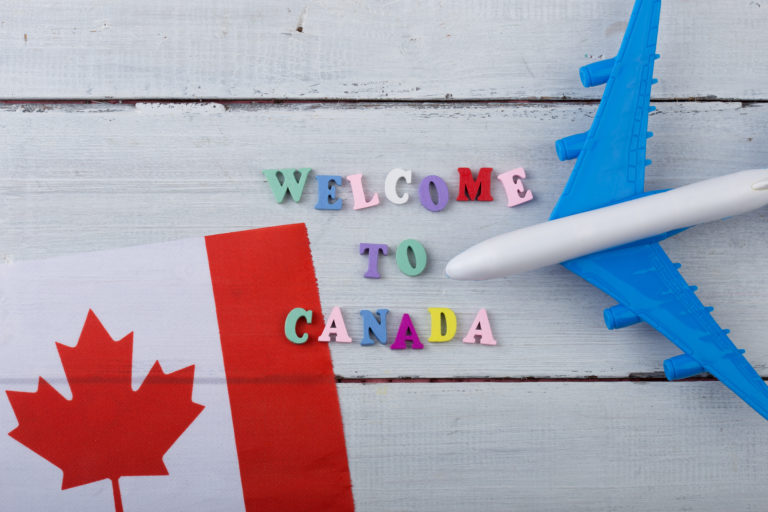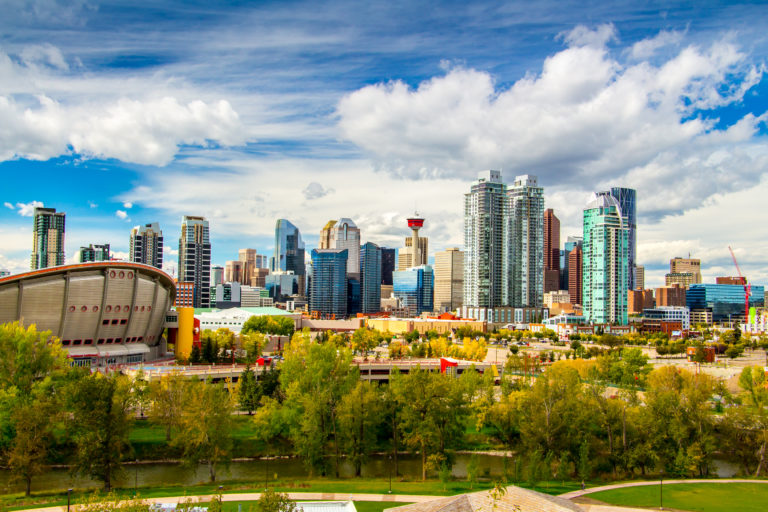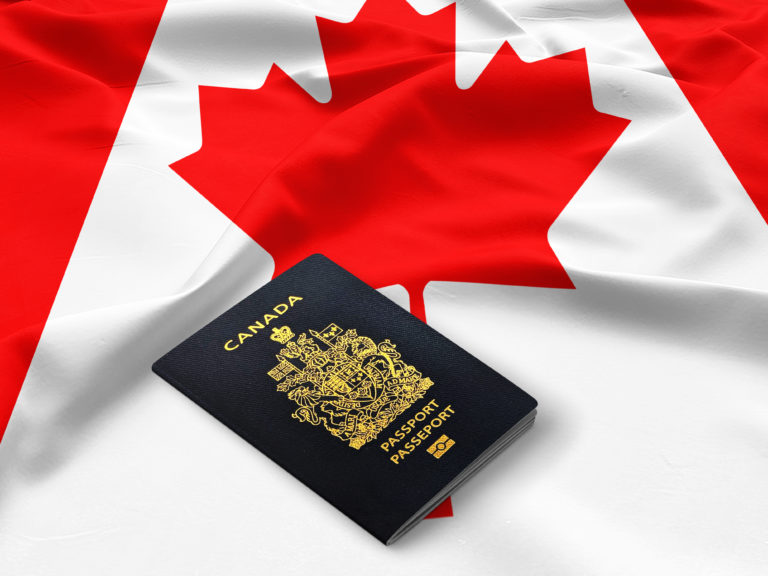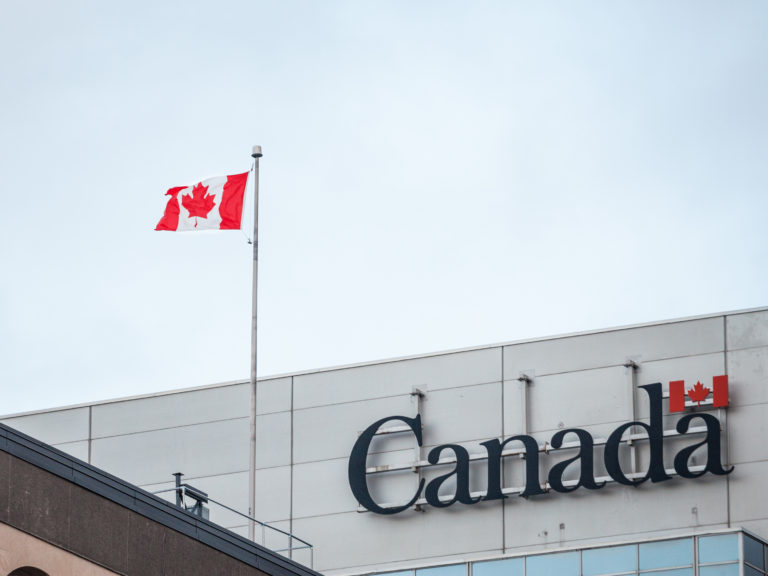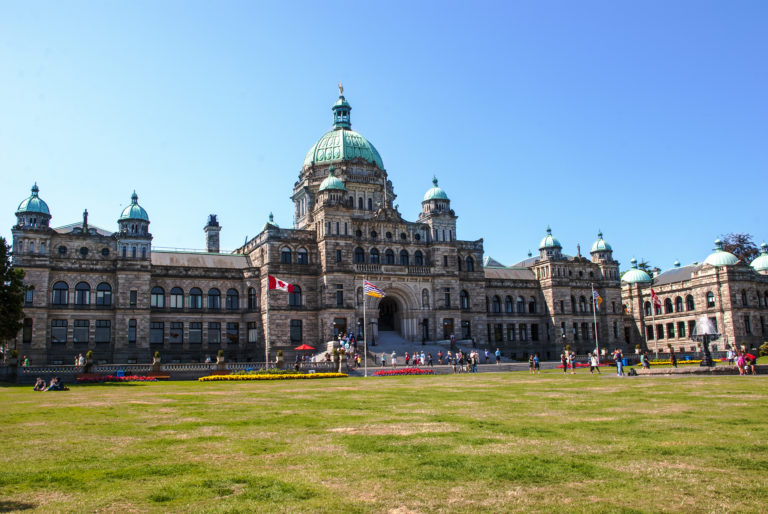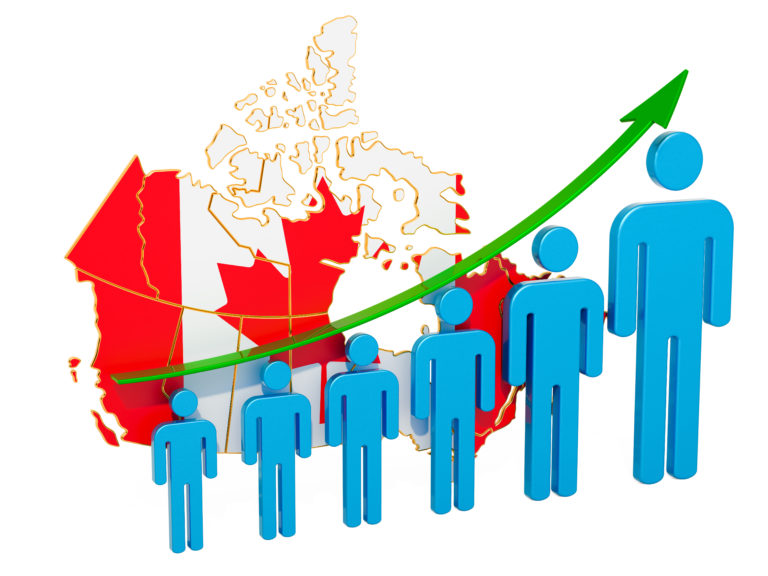Canada immigration news: Canada is set to welcome even more new permanent residents to Canada this year than it did in the record-breaking 2021, driven by acute labour shortages across many sectors.
Immigration Minister Sean Fraser announced near the end of December that Canada had reached its target of 401,000 new permanent residents for the year, breaking a record for immigration that was set 108 years ago, in 1913.
“Last year, we set an ambitious goal,” said Fraser a week before the end of the year. “Today, we achieved it.
“This is a historic moment for our country, as we welcome the highest number of newcomers in one year in our history.”
Read More Canada Immigration News
Top 10 Source Countries Of Immigration to Canada in 2021
Canada Welcomes Nearly 11,500 New Permanent Residents Through TR to PR pathway
COVID-19: Canada Immigration Medical Exam Exemption Extended Until March 31
In 2022, Ottawa is eyeing an even higher target: 411,000 new permanent residents to Canada.
That influx of newcomers, many of them coming under economic immigration programs, will let many small business owners breathe a little easier.
A Canadian Federation of Independent Business (CFIB) report released in December reveals 55 per cent of small businesses in Canada cannot get all the staff they need for current operations or to meet new demand. Another 16 per cent of small businesses are able to address the challenge but at a significant additional cost.
Video
Small Businesses Relying Heavily On Temporary Foreign Workers
In ‘Labour Shortages Are Back With A Vengeance’, the CFIB noted most employers are offering higher wages in efforts to outbid one another and attract the employees they need.
Others are hiring Temporary Foreign Workers (TFWs) and putting in place automated systems to cope with the labour shortages.
“Small businesses were already experiencing a very significant shortage of labour at the beginning of 2020, and the pandemic has made the situation only more complex,” said Simon Gaudreault, CFIB vice-president of national research.
“Industries that were locked down for long periods of time, like hospitality, have seen a mass exodus as workers upskilled or switched to other jobs, and virtually all sectors are facing major demographic upheavals with not enough new workers coming in to replace those who are retiring.”
That means there will be a lot of opportunities in Canada in 2022 for foreign nationals seeking to gain their permanent residency here.
Here are five ways those foreign nationals can come to Canada to seek permanent residence in 2022:
- Express Entry
Under the Express Entry system, Canada receives immigration applications online. Applicants who meet eligibility criteria submit an online profile known as an Expression of interest (EOI), under one of three federal immigration programs or a participating provincial immigration program, to the Express Entry Pool.
Candidates’ profiles then are ranked against each other according to a points-based system called the Comprehensive Ranking System (CRS). The highest-ranked candidates will be considered for an ITA for permanent residence. Those receiving an ITA must quickly submit a full application and pay processing fees, within a delay of 90-days.
- Provincial Nominee Program
Under a shared jurisdiction between Ottawa and the provinces, Canada operates a two-tiered immigration system, offering programs for skilled workers, at both federal and provincial levels.
Through a network of Provincial Nominee Programs (PNP), almost all of Canada’s ten provinces and three territories can nominate skilled worker candidates for admission to Canada with the specific skills required by their local economies. Successful candidates who receive a provincial or territorial nomination can then apply for Canadian permanent residence through federal immigration authorities.
- Start-Up Visa Program
Immigrant investors can also come to Canada under the Start-up Visa program which can grant them Canadian permanent residence.
The program aims to recruit innovative entrepreneurs to Canada and link them with the Canadian private sector businesses, such as angel investor groups, venture capital funds or business incubators, and facilitate the establishment of their start-up business in Canada.
A designated venture capital fund must confirm that it is investing at least $200,000 into the qualifying business. Candidates can also qualify with two or more commitments from designated venture capital funds totalling $200,000. A designated angel investor group must invest at least $75,000 into the qualifying business.
- Canada Study Permit
International students can also eventually get their permanent residence in Canada by first coming under a Study Permit, then applying for a Post-graduation Work Permit, and finally seeking their permanent residents by applying through the Express Entry system.
Canada welcomes more than 350,000 international students every year. To be eligible to study in Canada these students must demonstrate that they:
- have been accepted by a school, college, university or other educational institution in Canada;
- have enough money to pay for their tuition fees, living expenses, and return transportation;
- are law-abiding citizens with no criminal records;
- are in good health and willing to complete a medical examination, and;
- can satisfy an immigration officer that they will leave Canada at the end of their authorized stays.
Once issued a study permit, these students can work in Canada under the following categories:
- on campus without a work permit;
- off campus with a work permit;
- in co-op and internship programs, where work experience is part of the curriculum, with a work permit.
Upon graduation, a foreign student may apply for a work permit under the Post-Graduation Work Permit Program. Under this program, the work permit may be issued for the length of the study program, up to a maximum of three years.
- Post-Graduation Work Permit
The valuable work experience gained while an international grad works in Canada under a Post-Graduation Work Permit can count towards a permanent residence application through Canada Express Entry system.
Under the Comprehensive Ranking System (CRS) used by Express Entry system programs, applicants for immigration are assigned points based on:
- Skills;
- Work experience;
- Language ability;
- Language ability and education of the applicant’s spouse or common law partner;
- Possession of a job offer supported by a positive Labour Market Impact Assessment;
- Possession of a provincial government nomination for permanent residence, and;
- Certain combinations of language skills, education and work experience that result in a higher chance of the applicant becoming employed (skill transferability).
.

